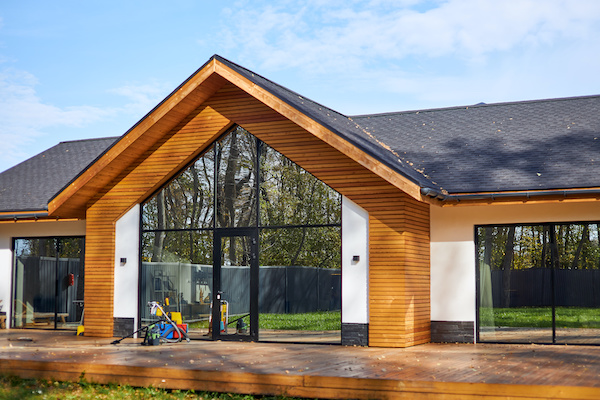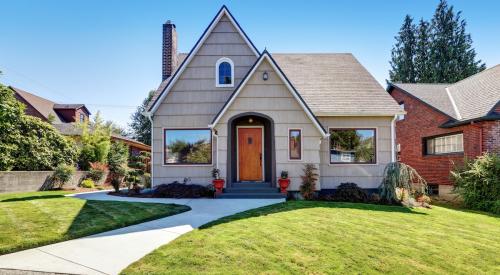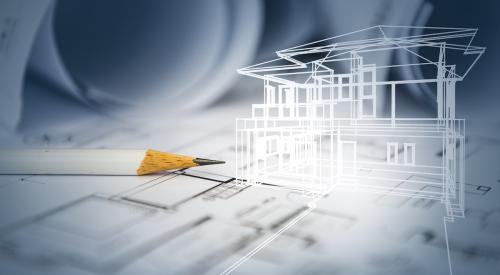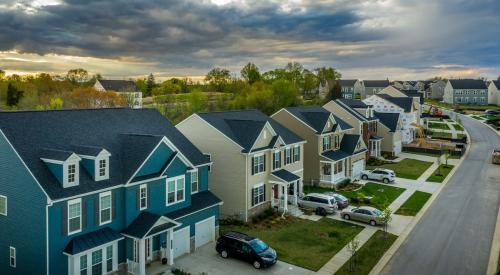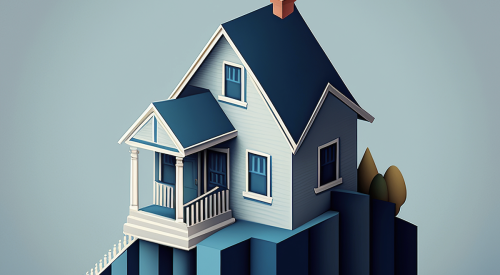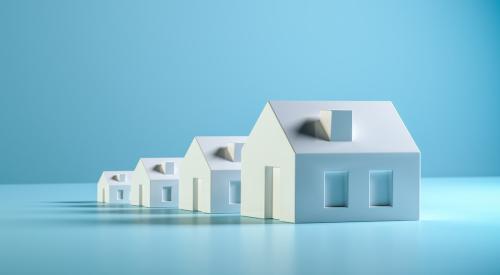A second quarter home size analysis found that new single-family homes are smaller, but NAHB predicts a pivot toward larger homes in the future. During the second quarter, new home start floor areas averaged 2,264 square feet and square footage decreased to 2,458 square feet. By comparing today’s home size trends with past trends, home sizes are predicted to level off then eventually grow. In 2009, the average home size dropped due to the Great Recession, but gradually grew until peaking around 2015, according to NAHB’s analysis of the Census Quarterly Starts and Completions by Purpose and Design.
On a less volatile one-year moving average, the tentative beginning of a leveling off of new single-family home size can be seen on the graph above. Since Great Recession lows (and on a one-year moving average basis), the average size of new single-family homes is now less than 5% higher at 2,482 square feet, while the median size is less than 8% higher at 2,265 square feet.
The post-Great Recession increase in single-family home size was consistent with the historical pattern coming out of downturns. Typical new home size falls prior to and during a recession as home buyers tighten budgets, and then sizes rise as high-end homebuyers, who face fewer credit constraints, return to the housing market in relatively greater proportions. This pattern was exacerbated during recent years due to market weakness among first-time homebuyers and supply-side constraints in the building market. However, declines in size over recent years were a reflection of builders adding more entry-level homes into inventory.
